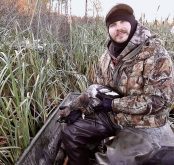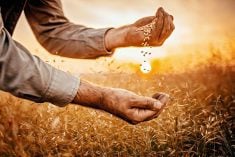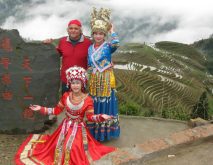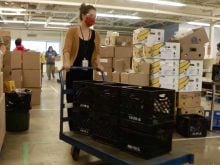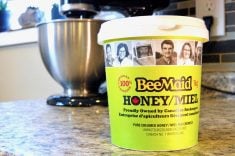What protects a nation’s sovereignty? Is it borders, or the military? Government perhaps?
If you ask Winona LaDuke, she would point you to the dinner table.
“I don’t think you can say you’re sovereign if you can’t feed yourself,” she said, quoting a fellow Aboriginal activist.
The environmentalist, writer, Harvard-educated economist and one-time American vice-presidential candidate spoke at the Growing Local conference in Winnipeg about the ties between food security, the economy and self-determination.
Fifteen years ago LaDuke began working with the Anishinaabe White Earth Indian Reservation in Minnesota to restore a local food economy.
Read Also

Journal pulls long-cited glyphosate study for ethics violations
The journal Regulatory Toxicology and Pharmacology has retracted a 2000 Monsanto-linked glyphosate review, drawing new scrutiny as Bayer faces mounting legal pressure.
“One-quarter of the economy in my reservation is leaked out in food purchases off reservation. One-quarter of the economy on my reserve is leaking out in energy purchases off reservation,” she said. “If you do not relocalize both of these… you retain a hole in your economy representing 50 per cent and you will never have control over your economy.”
And that doesn’t just apply to Aboriginal communities, LaDuke is quick to point out. All communities damage their economies when they turn to outside sources of food and energy, she said.
The White Earth Land Recovery Project aims to reverse that trend by reintroducing indigenous crops and knowledge to produce food locally. Seeds, some of them hundreds of years old, have been planted and are flourishing in the microclimate they were intended for.
Manitoba white flint corn is one of many crops you’ll see at White Earth, and LaDuke says it’s ideal for the short growing season and strong winds.
“I call this corn climate change resistant,” she said.
Another corn variety, Bear Island flint, was discovered on an island in the middle of White Earth Reservation. Now it is grown throughout the community, and also by nearby Amish farmers.
But the oldest seeds sown at White Earth came from an archeological dig in Green Bay, Wisconsin. Archeologists unearthed a clay ball, which made a rattling sound — that rattling sound was squash seeds.
Old but viable
Amazingly, when the 800-year-old seeds were planted they proved viable.
“We called it, really cool old squash,” said LaDuke, adding heritage varieties being reintroduced at White Earth have also been found to have higher nutrients levels than commercial varieties.
Having toured high-tech seed banks around the world, including one in the Far North, the activist was impressed by how well First Nations’ technologies have stood the test of time.
“I’m going to go with the clay ball. It works,” LaDuke said.
Aside from having economic and health benefits, the local food advocate described self-reliance as a way for her Aboriginal community to begin to reverse the colonization process.
“At some point, people began to think that what a farmer is, is a white guy on a tractor,” she said. “In general, people have come to think that other people produce food, that we are not the people that produce our own food.”
LaDuke pointed to a Canadian law that once prohibited people from buying food from Native farmers without a special permit, effectively eliminating the possibility of Aboriginal communities developing into farming communities.
Those effects linger today, she said.
And as genetic patents become more common, Aboriginal groups have also had to fend off attempts by companies and institutions to lay claim to traditional crops like wild rice, or in Central America, quinoa — something LaDuke has fought against.
“For me this process of restoring our agricultural systems is not just a spiritual and health quest, it is also about how we make things right,” she said.


